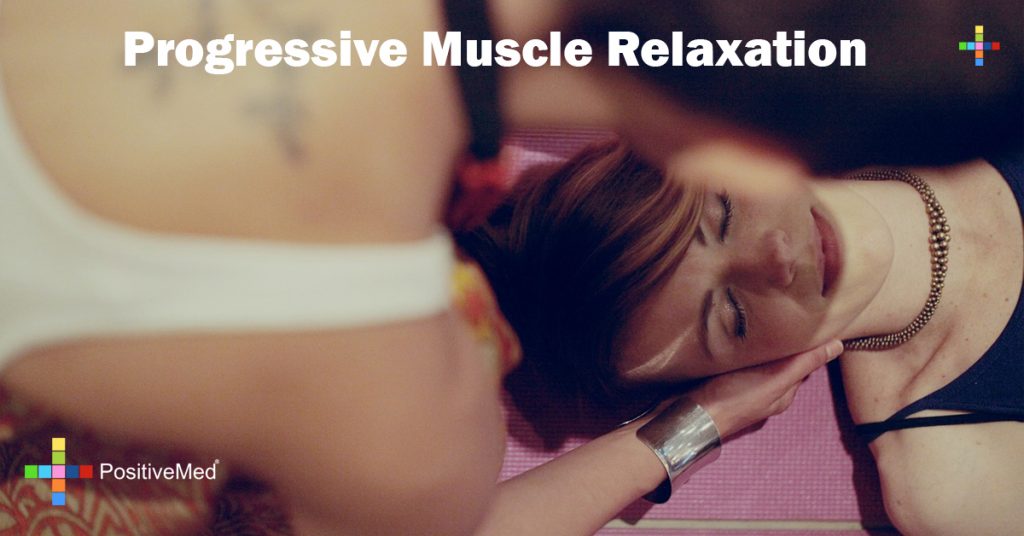
Progressive Muscle Relaxation
By: Andres Carvajal
Edited By: Stephanie Dawson
Each method is unique, however the Jacobson Progressive Relaxation is one of the most used relaxation techniques in psychotherapy and health use. This method shows the link between mind and body, proving that the muscles have an influence in the intensity of any reflex behavior, demonstrating how thoughts and emotional content affect muscle response.
Progressive relaxation is geared toward relaxation of the body, its especially helpful with sleep and anxiety disorders, helping some people to fall asleep spontaneously. The training in progressive relaxation allows a deep state of relaxation with minimal effort, permitting the person to obtain control of the tension in their muscles.
In each of us there is a balanced and healthy ego, tension can hide this healthy ego, relaxation helps us get it back. The Jacobson technique emphasizes awareness of how sensations are produced. To recognize, feel, and identify the muscle tension that inhabits our body is the first step. The second step of this technique is to start relaxing and letting that tension go, eliminating the residual tension.
Liberation from physical tension is an essential step to feel a sensation of calm. There are multiple zones where tension can accumulate, learning to relax these muscular groups is part of the process.

The method
Jacobson proposed an effective method with different variations. Here are the essentials:
• Full attention to one particular muscle group
• Increased tension without pain, keeping this tension between 20 and 30 seconds in this particular muscle group
• Relaxation of this muscle group, keeping full attention on the relief and relaxation sensation that follows
• Try to breathe in while tensing the muscles and breathe out while relaxing or releasing the tension
You should:
• Tighten and flex or tense the muscle groups for 5 to 8 seconds
• Relax, release the tension for 10 to 15 seconds
It is necessary to consider stress as something disgusting and releasing the tension as something pleasant
The practice of progressive muscle relaxation or, can be done in ascending or descending order, from the feet to the head or from head to foot. You can start where you feel most comfortable.
Stress and relaxation are bilateral, what is done in the left arm must be done on the right.
Areas used to implement progressive muscle relaxation:
• Arms
• Chest
• Stomach
• Waist
• Legs
• Face
• Neck
• Shoulders
Focus is needed to enjoy the muscle relaxation phase, paying particular attention as relaxation occurs, noting how relaxation can produce a decrease in psychological stress. After completing the exercises you can stay calm for a few moments enjoying the relaxed feeling that comes with practice, make some quiet and deep breaths as we become aware of our state of calm, making conscious quiet time.
Benefits of progressive muscle relaxation
• This relaxation affects all body systems differently. It is a very beneficial for improving emotional and physical health Releases tension and muscle contractions Vasodilation Improves circulation Decreases blood pressure Improved pulmonary function Decreases gastric spasms Improves digestion Reduces colic Avoids unnecessary energy expenditure





